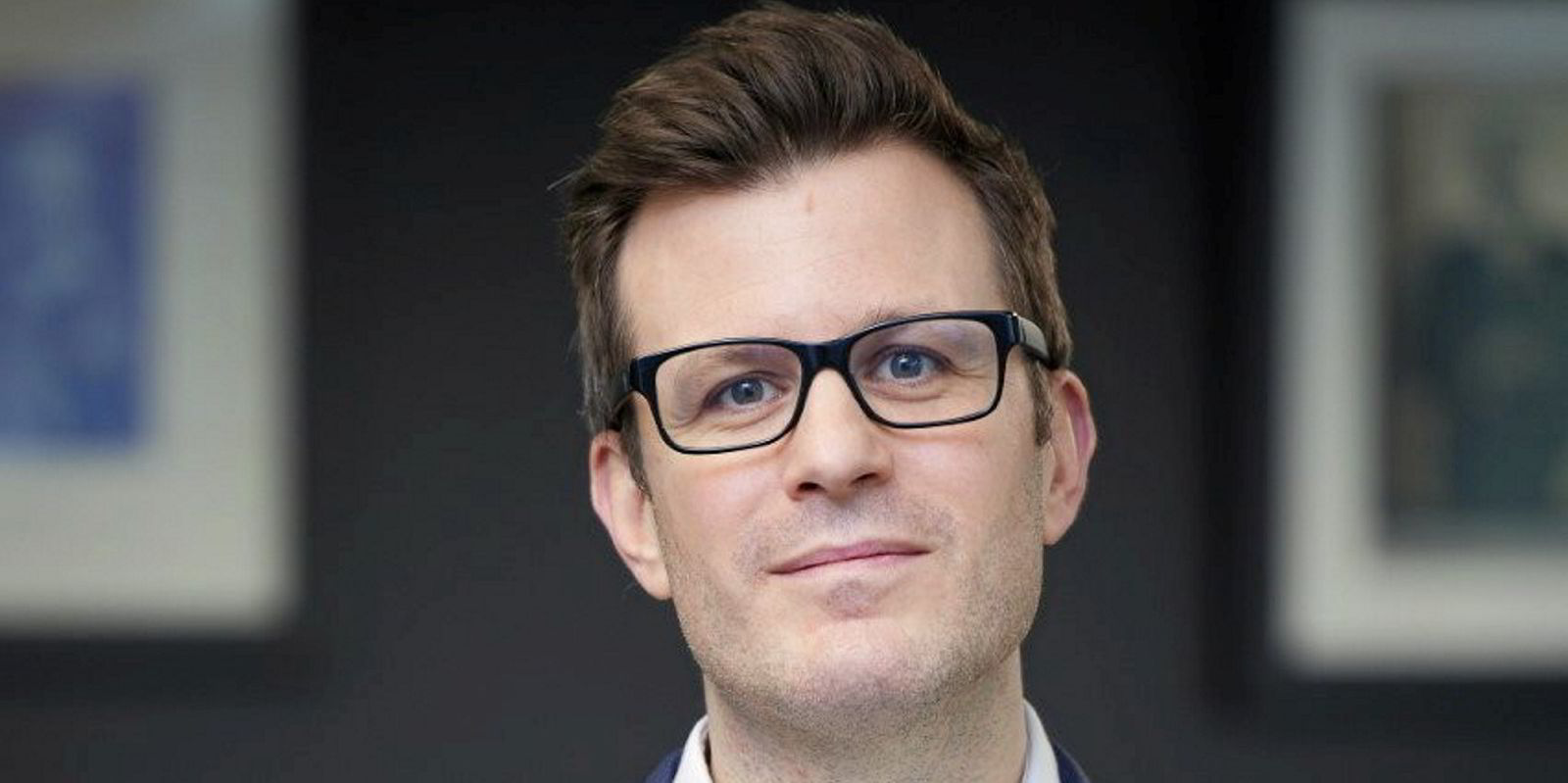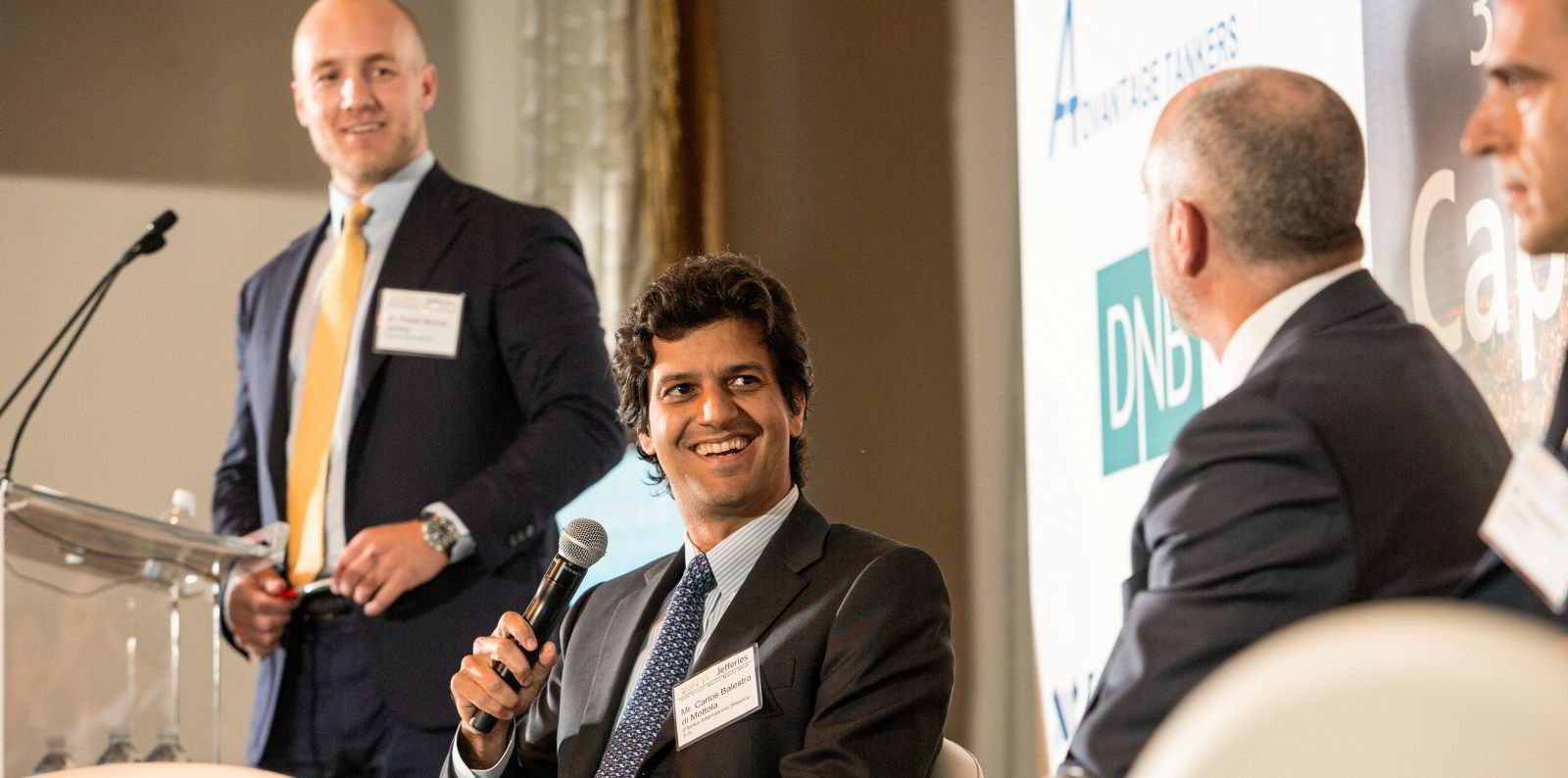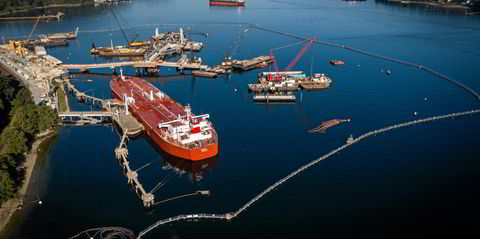Appetite for tanker purchases shows no sign of declining, but a lack of fresh secondhand tonnage for sale is spurring an uptick in newbuilding deals.
This is according to UK shipbroker Simpson Spence Young’s head of sale and purchase, Toby English.
He has logged 43 new MRs contracted in South Korea and China in 2022, with prices increasing from just under $40m at the start of the year to levels of $45m or $46m now, up 15%.
“The lack of secondhand tonnage meant that owners who might have opted for modern/eco secondhand ships instead contracted ships in Korea and China, with a number of LR2s, aframaxes and, latterly, suezmaxes being ordered, and enquiry increasing,” English said.
On the container ship side, he added that there is still appetite from the liner companies to replace larger vessels, despite weaker freight rates.
“We have seen continued ordering as a result,” the broker said.
English called 2022 “a particularly active year” for S&P, with bulkers dominating the first half and tankers taking the limelight in the second six months.
Dry cargo carriers saw drops in vessel prices, reflecting falls in the underlying time charter market.
English said this brought in opportunistic buyers anticipating better rates to come.
He also noted that significant increases in the tanker freight market led to “a huge amount” of S&P activity, with prices increasing sharply.
Asset prices follow charter rates up
In May last year, three-year charter rates for scrubber-fitted modern LR2s were $29,000 per day, but they were $37,500 per day at the end of December.
The broker argued that asset values followed suit.
In April last year, a 2007-built aframax was sold for $16.5m. In November, the same unit was then sold again for $32m — a near-doubling of the price.
Similarly, in March last year, a 2006-built LR2 tanker with ice class 1A went for $21m, while a sister vessel had seen offers of between $45m and $50m towards the end of December.
English reported a 2007-built LR2 sold in recent days for $47m.
VLCCs have also seen steep rises, with a 2005-built vessel going for $32.8m in January last year, and an equivalent tanker fetching $51.5m in December.
“The longer-term fundamentals in the tanker market remain compelling due to limited shipyard supply and the dearth of ships delivering beyond 2023,” English said.
“With prices of VLCC newbuildings near $120m with delivery end-2025 and into 2026, there is also a significant question mark over next-generation fuelling, and whether owners would want to commit to these sort of price levels without being able to have some comfort in what engine and fuel technologies the market will settle on.”






